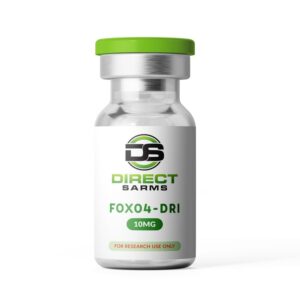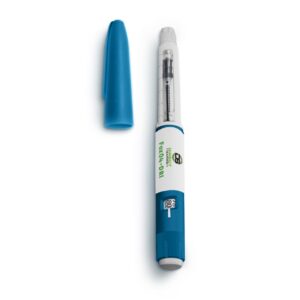FOXO4-DRI
Buy FOXO4-DRI Peptides Online From Direct Sarms Austria
FOXO4-DRI Austria is a peptide that has gained significant attention in the research industry due to its potential anti-aging properties. Austria FOXO4-DRI has been shown to improve cellular health by promoting the elimination of senescent cells, which are responsible for aging-related health issues. This peptide is a promising tool for Austria researchers studying the aging process and exploring new therapies for age-related diseases.








